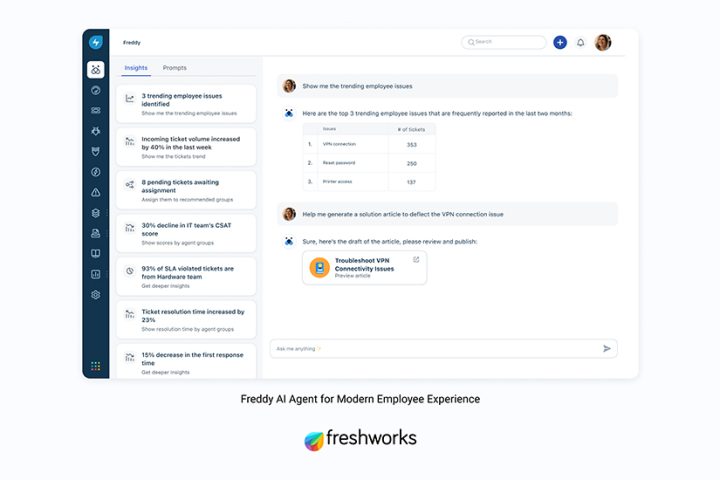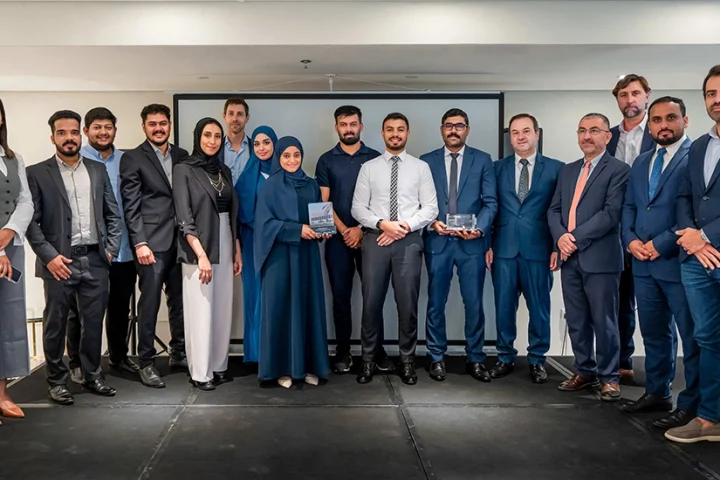A new retail revolution has arrived and unsurprisingly, the UAE is at the forefront. Right now, UAE-based consumers can take a trip to Dubai Hills Mall, walk into the 6thStreet.com fashion outlet, and browse its catalogue on in-store tablets as if e-shopping at home. You can try, test, and purchase as a physical-presence customer while enjoying all the convenience of a digital retail experience. From there, they can make their way to Dubai Mall or Mirdif City Centre to have a similar experience with Samsung’s product lines.
This trend in merging physical and digital experiences – or “phygital” – is not limited to retail. Finance has been doing it for years – most notably Mashreq, with its virtual branches. IDC analysts have written that in the financial services industry, phygital “takes the best of both worlds”. By using biometrics, advanced ATMs, and “innovative approaches to customer service and comfortable and spacious facilities”, finance businesses create seamless experiences. Your business can follow these innovators. To join the phygital revolution, you should focus on three main areas.
- Omnichannel
Phygital is the natural advancement of the omnichannel concept. Organisations have long been facilitating smooth transitions from one form of service delivery to another, but in the phygital model, there is effectively no transition. Multiple channels operate in tandem, in real-time, for a unified experience. However, the underpinnings of phygital map neatly onto omnichannel, so it is critical to master the latter before moving on to the former.
The tricks-and-tips advice for an ideal omnichannel strategy always begin with the same caveat: every business is different. Each organisation will select from a list the channels that make sense to it and its customers. Mobile platforms, phone, chat – it is important to find out what customers need; and customers’ needs change with age, location, and a range of other factors, not least the products or services on offer. They may prefer offline channels such as phone and face-to-face meetings. Or they may look for online channels like social media and email.
When making these determinations, use what data you have and all the experience you can muster. Talk to teams and team leads and get internal human perspectives about what is useful and what is not. And there needs to be serious discussion around automation. Its speed and agility can reduce first response times and boost NPS. It frees up human talent to do what it does best – be human, in all the ways that boost customer satisfaction, such as solving complex problems and displaying warmth and empathy. The right technology – attuned to an omnichannel strategy – and persistent team collaboration will allow a new wave of innovation that can lead to a phygital future.
- Self service
Even before the pandemic, digital-native generations had shown their preference for experiences that allowed them to largely go it alone. During lockdowns, online shopping experiences catered to this tendency. When returning to brick-and-mortar stores, shoppers had become so used to the self-service model that phygital emerged to give, as IDC puts it, “the best of both worlds”. As with omnichannel, the principles of self-service remain constant across online and phygital experiences. Customers should be offered the ability to effortlessly browse and compare products.
One obvious boon to self-service is the chatbot, used by organisations across the region, from Kuwait Finance House to Dubai Electricity and Water Authority, to unburden human agents and boost efficiency during customer contact sessions. Such brands already have an advantage when it comes to deploying phygital experiences. Chatbots are a natural plugin for self-service models. AI assistants at the beck and call of either online or instore customers can maintain a consistency across both experiences that is unmatched.
- Personalisation
Once again, we think back to the digital, and remember how customers of today like to be treated. They want to be understood. They want a brand to not only remember their preferences but extrapolate them. We cannot expect consumers to abandon this need just because they have returned to brick-and-mortar visits. Studies have shown that customers who receive personalised experiences have a high likelihood of spending more than they intended. They are also more likely to become repeat buyers. Retailers and other businesses seem to be aware of findings like these, but we still hear a lot of consumers complaining that their experiences are not as personalised as they would like.
To ensure personalisation, the enterprise must start using all that untapped data. Every touchpoint – corporate and third-party websites, social pages, social comms channels, physical stores, contact centres – is a trove of data. Over and above identity and contact information, the business can learn location, pain points, preferences, and a host of other things. Loyalty programs are an excellent way of gathering even more personalisation data. The main goal should be the building of a comprehensive profile that can provide actionable insights to human or machine agents in real time. Apart from the basic personal profiling, machine learning can do wonders for the customisation of market segments.
But customer data must be accessible to all touchpoints if the phygital model is to work. This is especially important in complaint resolution. Nothing gets an already irked customer to “irate” status more quickly than having to repeat themselves, either verbally or via text input. The very least a touchpoint should recall is name, transaction history, support history, query history, and preferred channels. Get all this right, and the customer is more likely to trust a range of calls to action, including purchase recommendations.
The horizon
It is happening right now. VR, AR, the Metaverse, and other Web 3.0 technologies are all being assessed by multiple industries. Phygital maturity will soon be the means by which businesses stay relevant to customers. We all must strategize now for a future that, in many ways, is already on our doorstep.
























